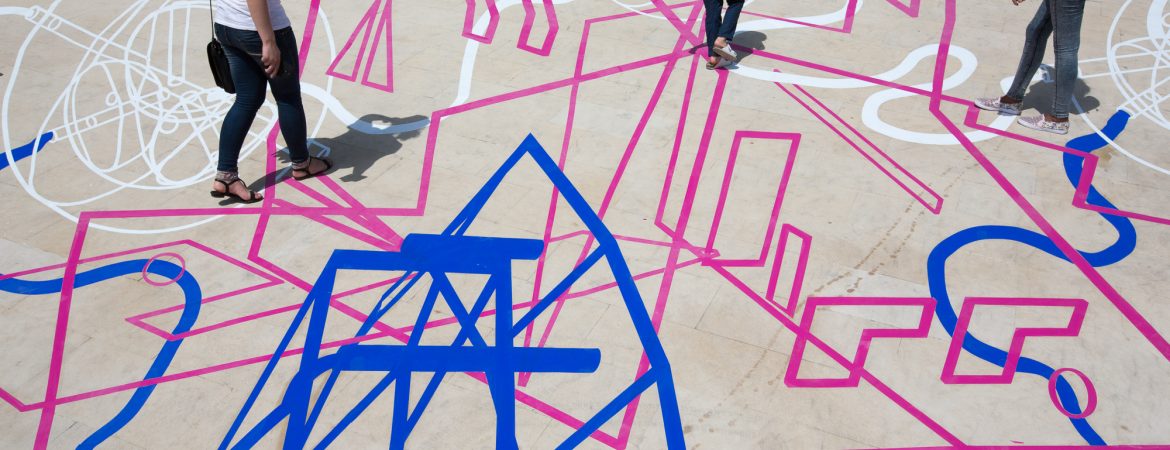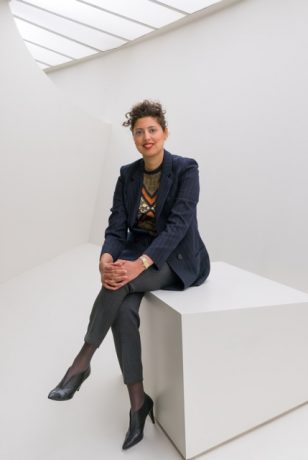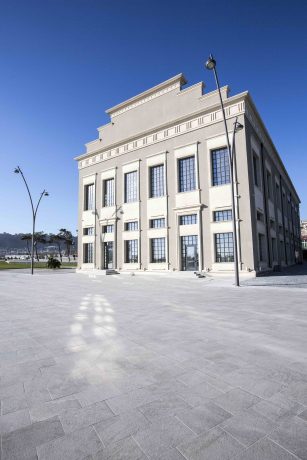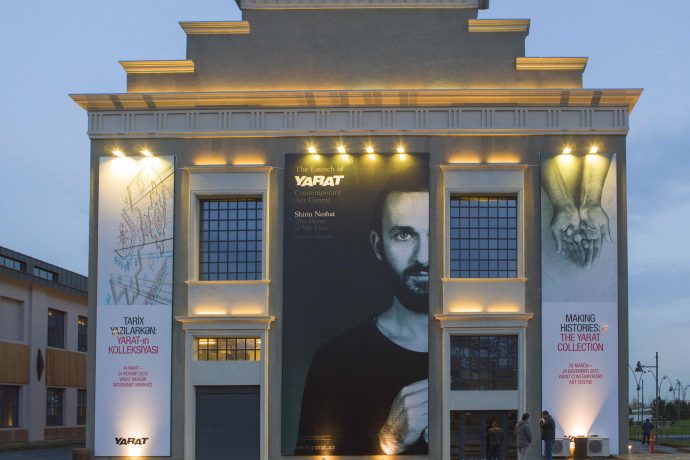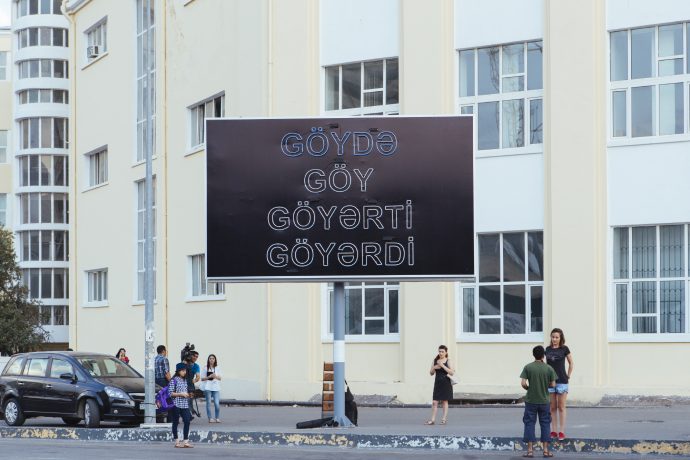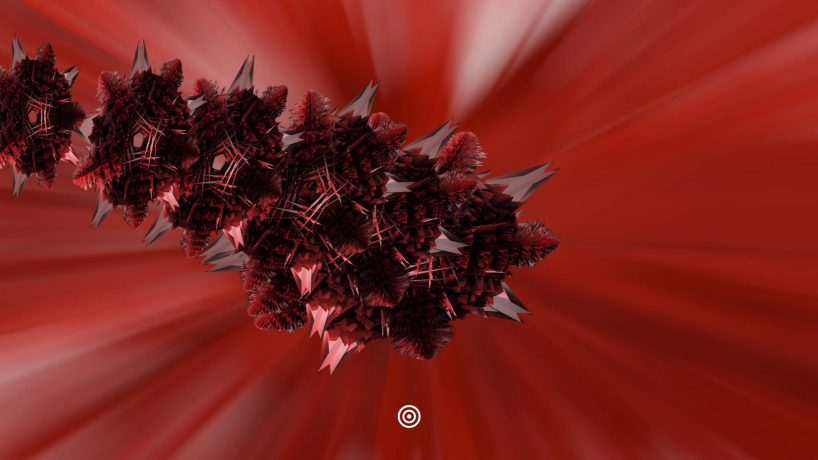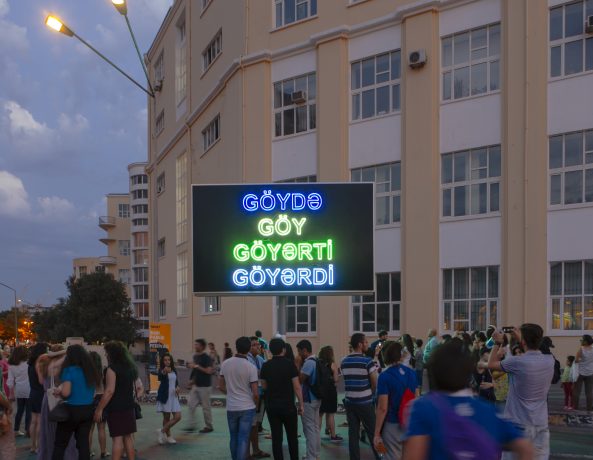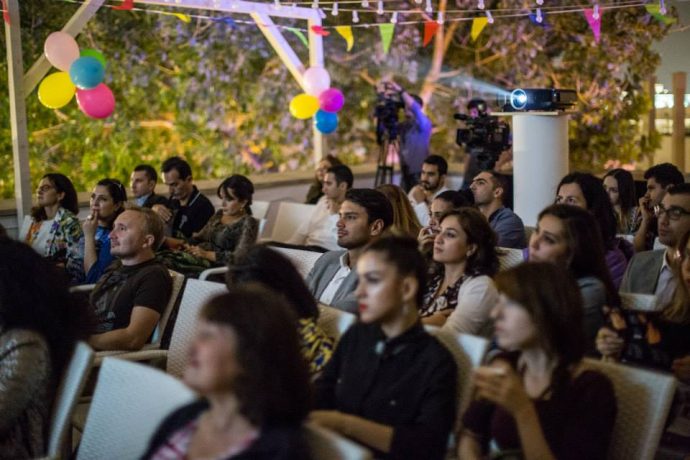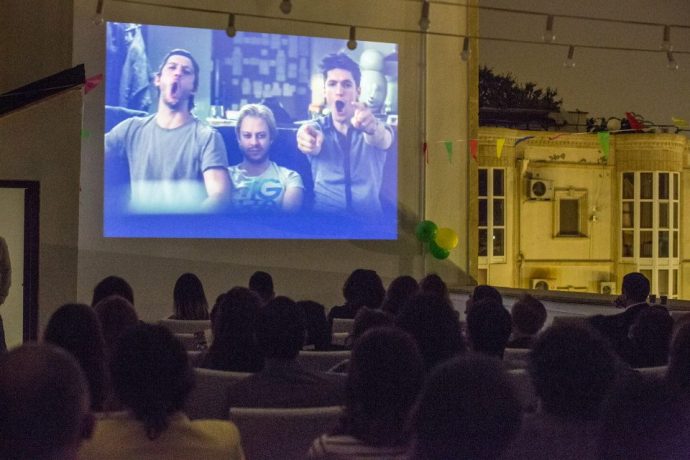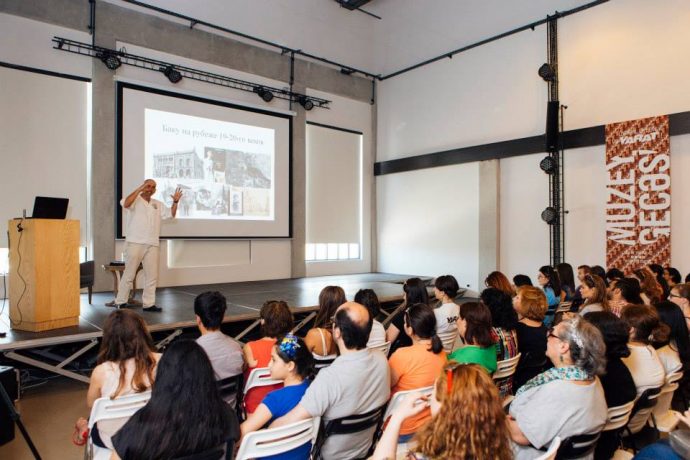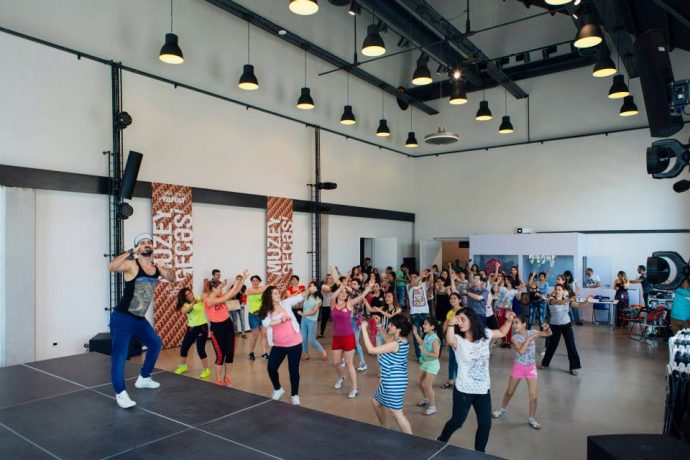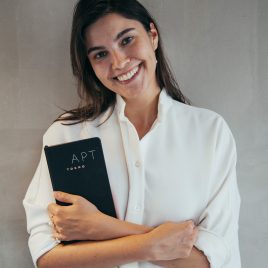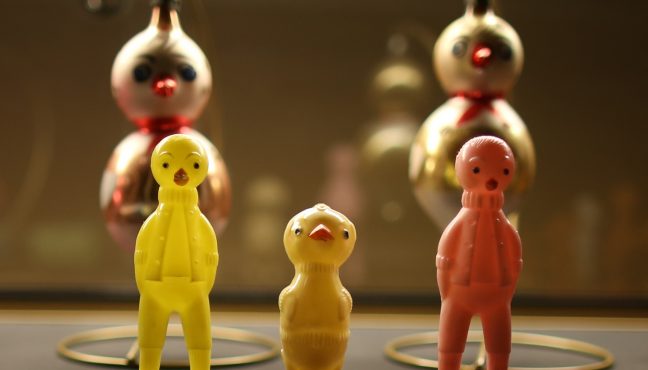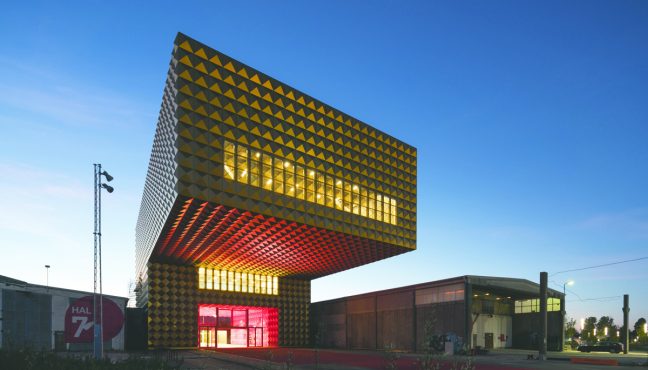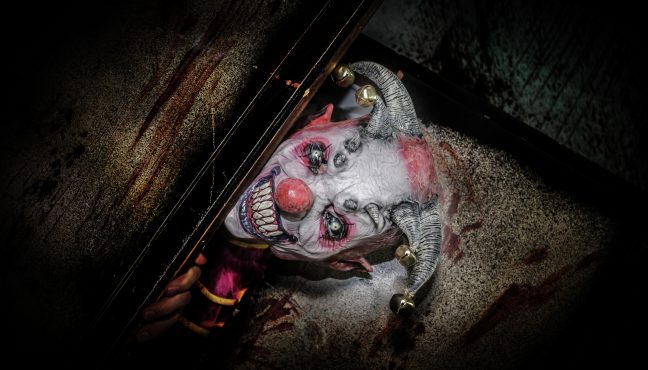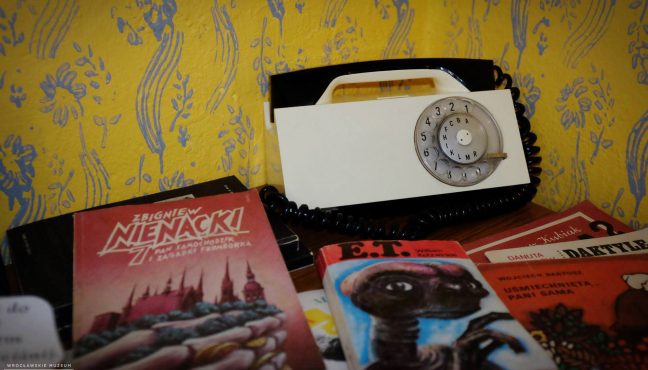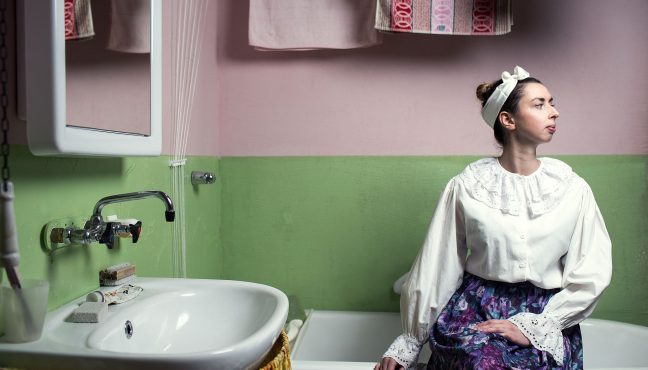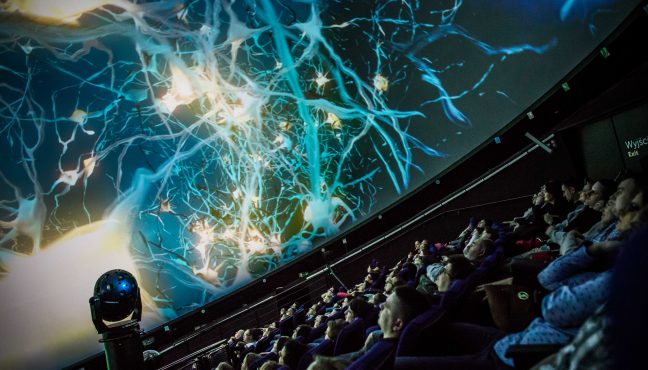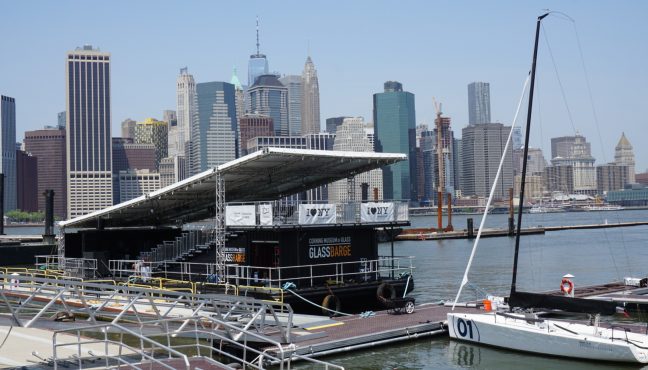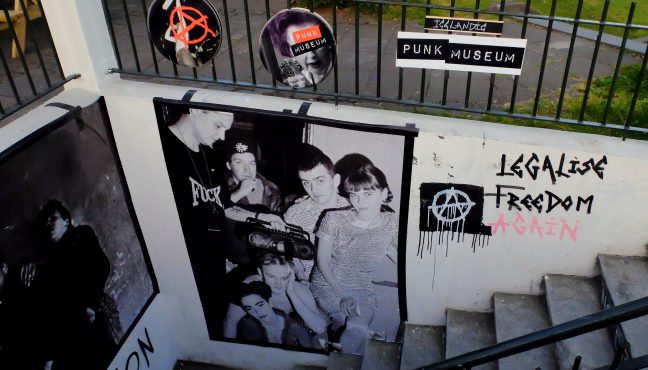Sitting at the crossroads between the West and East, Azerbaijan has always been influenced by various cultures. Today the country’s rapid development is leaving the very old and wonderful culture of Azerbaijan on the sidelines. But the 3rd Baku Public Art Festival “A Drop of Sky”, June 13 – October 5, organized by Yarat Contemporary Art Space, will form a link to tradition, referencing the country’s rich history and its recent urban renovation. It will dwell on the past and look into the future. Artists, curators, broad international audience and the Azerbaijanis themselves will explore the country’s cultural identity and determine a point at which the ancient and the modern intersect.
Curated by Sara Raza, Guggenheim UBS MAP Curator for the Middle East and North Africa and YARAT Head of Education, the Festival will present a wide range of artists, including Wafaa Bilal, Ergin Çavusoglu, Farhad Farzaliyev and Nazrin Mammadova.
The Festival will hold a special film fest and a unique two-week course at the end of August – AA visiting School Baku. The world-famous AA school is going to present a special workshop, created by the Architecture Association (London), it will be led by architects and AA tutors Omid Kamvari and Kasper Ax. AA visiting School Baku will develop strategies through which Azerbaijani identity will be explored and incorporated into plans for the future. With the help of the AA School, YARAT’s Baku Public Art Festival, will turn the city into a center of attraction for thinkers, researchers and enthusiasts, working in architecture and the arts.
Museeum had a chat with Sara Raza, Guest Curator of YARAT's 3rd Baku Public Art Festival and Guggenheim UBS MAP Curator for the Middle East and North Africa, to find out more about this initiative.
How important is it for Yarat Contemporary Art Space to develop activities beyond its exhibition program?
Baku is a historically rich city evident within its architecture yet it has an emerging contemporary arts scene where audiences are not familiar with contemporary visual art languages. Therefore, to develop and educate an audience it is essential to expand activities beyond the exhibition program at a level that appeals to all sectors of the local community from school children and their families to university students and young professionals.
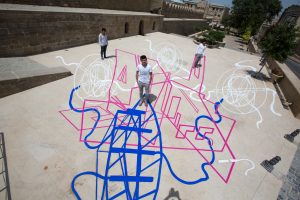
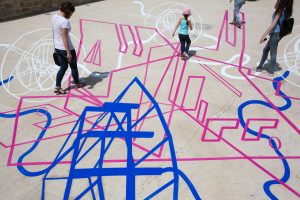
It has been the third year for the Baku Public Art Festival. What was the most unusual and interesting feedback you received from visitors since it was launched?
This year's public art festival coincided with the first European Games in Baku and held quite an unusual theme to previous installments of the festival inspired by the Russian futurist poet Velimir Khlebnikov and took his writing as a starting point to explore ideas pertaining to Baku's position at the intersection between the ancient and the modern.
How do you see Yarat's role in connecting the public with old and new Baku?
The public program devised for Yarat addresses many historical ideas as well as those of the future that create a sense of commonality between the old and new Baku. In particular, a good example is the meeting point of artists and curators from Central Asia and the Caucasus entitled 'Art Circuit' as this encourages debate on shared urban histories in the region.
Could you please tell us a bit more about the activities in conjunction with the Festival?
The festival is composed of a series of happenings and installations across Baku with site specific installations by London based artist Ergin Çavu?o?lu in the form of a large anamorphic drawing in the old city and local artist Farkhad Farzaliyev's neon billboard within a residential neighborhood exploring the language of consumerism. There is also a web component with the project of Nazrin Mammadova another local, emerging, young Azerbaijani artist who has created a video game based on mythology and futurism pertaining to Baku. It is available for free on iTunes and extends the notion of local audiences to a virtual platform that is effectively global. In addition, regular artist talks and film screenings and a collaboration with the Architecture Association in London will also take place and result in an intensive workshop led by architects and AA (Architectural Association) tutors Omid Kamvari and Kasper Ax.
What is the main focus of the film festival?
I expanded to include international art films that had not been shown in Baku before that explored a variety of narratives but were common in their exploration of sci-fi genre. For example Palestinian artist Larissa Sansour will present 'Nation Estate,' a short film that employs a dystopian society as a reference to the political turmoil in the Middle East and this will be followed by a Q&A session with the audience.
"Film is a popular medium in Baku given its rich filmic history since the early 20th century and for the festival I drew on the sci-fi and futuristic element of the curatorial thematic that was rooted in futurism and stemmed from my interests in the Russian poet Khlebnikov".
A lot of contemporary museums today open their rooftops for visitors encouraging them to spend more leisure time in the museum (see Whitney Museum, Louis Vuitton Foundation etc). How do you use the auditorium and open-air cinema outside the Festival time? Do you think it can become a popular meeting point for young people?
The auditorium inside Yarat Contemporary Art Centre is designed as a multi-functional room for drop-in kids activities, film screenings and talks and panel discussions. It has a strong community focus and often has repeat programs such as the regular Yarat Film Club or Central Asian and Caucasian Art Circuit that encourages a regular audience. With regards to the open air festival this is also to encourage and re-invite local audiences. It is important to point out that Baku is still developing its art audience, where as the examples of the Whitney or Louis Vuitton Foundation already have an large local and international audience. They are also positioned within major touristic destination cities of New York and Paris.
It is a fascinating idea to bring AA to Baku. Will these workshops be open for everyone? Are you planning to do something with the outcome of the workshops?
The AA Visiting School is a great global research project and it was important to develop a base in the Caucasus with Baku at the Centre. The school will be led by two architects and AA tutors Omid Kamvari and Kasper Ax, Omid established the Tehran School a decade ago in neighboring Iran and still serves as its director and Kasper also taught there. In the case of Baku the School is open to artists, architects, thinkers and curators over 18 and open to both students and established practitioners. It will be quite flexible with dynamic debates and site visits as well as final presentation of works produced during the two week workshop.
